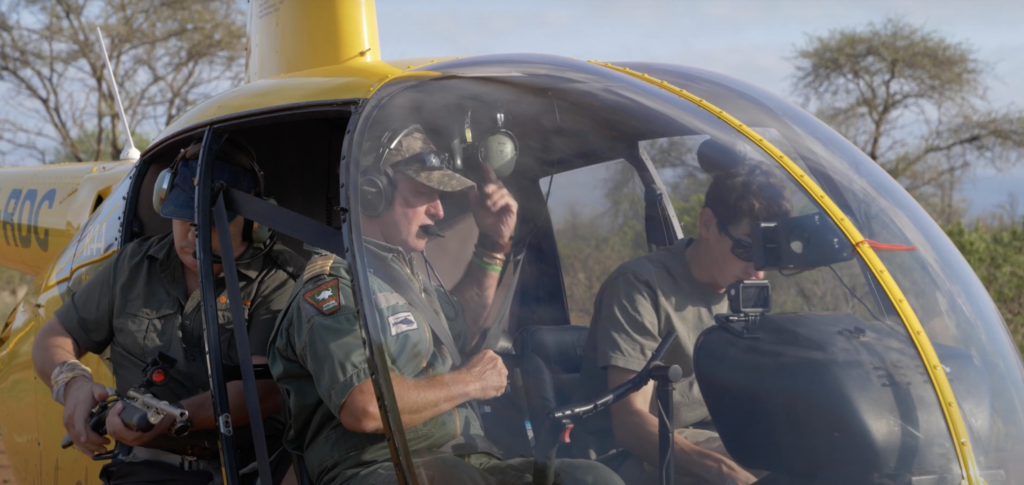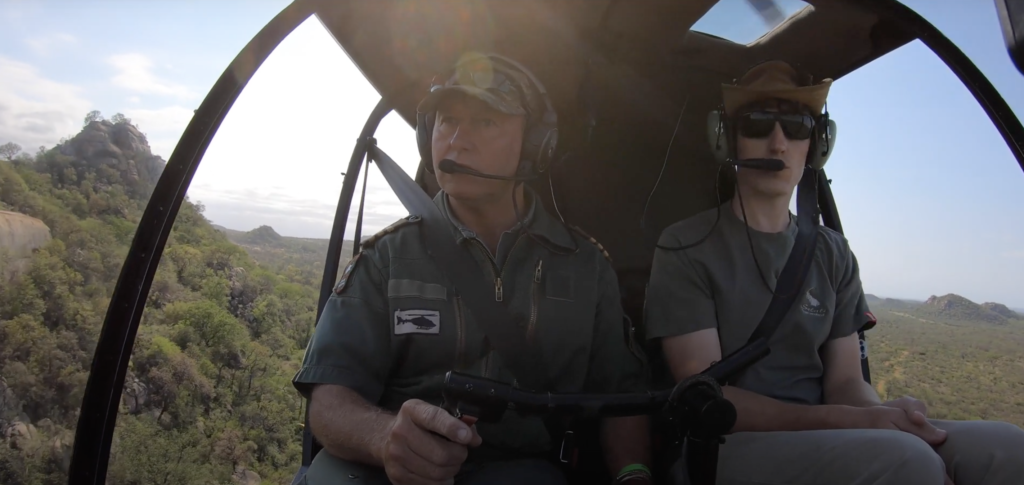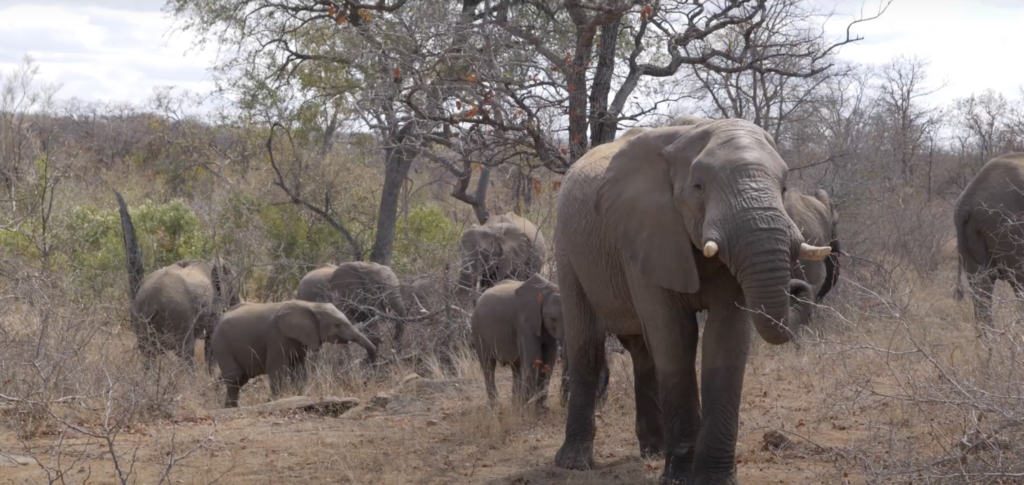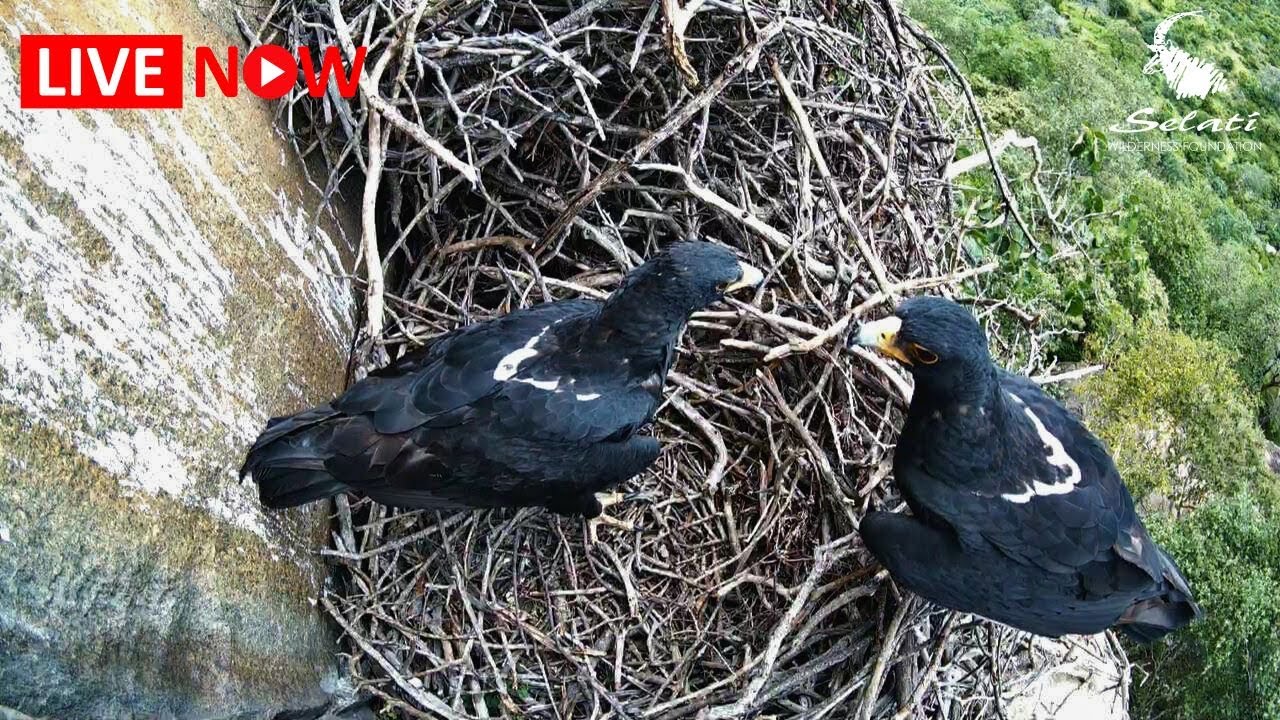

This immense operation was carried out with precision as teams moved swiftly in and out to deliver a single drop-out dart containing the pZP vaccine. Gerry McDonald brought his expertise as the pilot flying the operation, while Dr Johan Marais, from Saving the Survivors, administered the contraceptive darts from the air.
This efficient and non-invasive method means that the elephants are darted quickly and endure no lasting effects or discomfort. A small number of reproductively mature cows were left unvaccinated. According to Dr Johan Marais, allowing for some cows to remain fertile is important for the health of the herds.





2 responses
Well done on this operation. I’m just interested to know, how you will know which elephants not to give the booster to?
Thanks
Brenda
Hi Brenda, thank you for your question. With the expertise of Johan Marais and his team we try and dart most of the cows that are older than 10 years. We might miss a few cows here and there. When we give the booster we will do the same. Again it is possible that we might miss one or two. However the majority of cows older than 10 years would be covered. We might have a few calves still come through, which is in essence what we would like as the aim is to slow the birth rate but we still need a few calves. Have a look at our video here for a explanation of this process: https://youtu.be/w1FrTkW7_7g